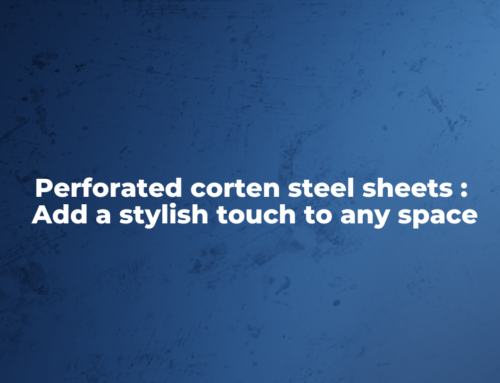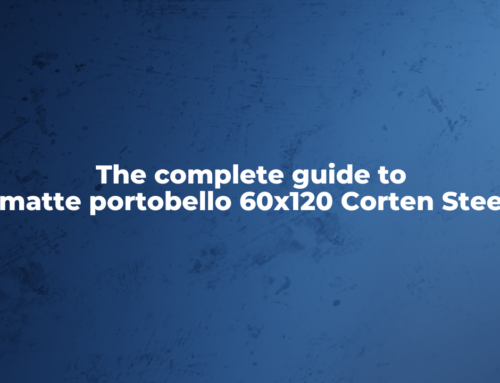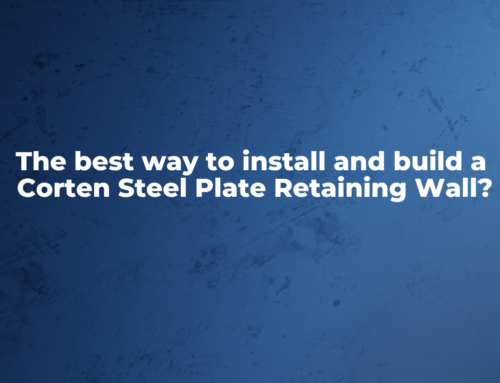Corten is the most commonly used name for weathering steel. Weathering steel is designed to develop a thin layer of rust that acts as a protective coating.
Corten was developed for practical reasons: to eliminate the need to paint or coat steel. For a landscape designer Corten’s primary appeal is aesthetic. The patina the steel acquires is attractive in a way that works so well with stone, wood, and plants.

In many ways, corten retaining walls are versatile and inspiring. Weathering steel is used for cladding, roofing, planters, and just about anything steel is used for corten, so why not a retaining wall? The corten retaining wall can be an excellent attribute for your contemporary garden design. The purpose of Corten retaining walls is to protect constructions built on elevated sites from eroding due to their strength against the soil load on the slope. Corten retaining walls are becoming increasingly popular in Melbourne.
There is a threat to structures and magnificent gardens and architecture posed by sliding hills and sloped areas. Corten retaining walls offer a modern solution and can be installed on any surface to provide safety for construction projects, sculptures, and landscape architecture.
A corten retaining wall can be erected over an artificial excavation to hold dirt behind it, while the other side is visible. You can elevate your landscape, garden design, modern yard system, backyard landscaping, and much more with a cor-ten retaining wall.
Where Are Corten Steel Retaining Walls Used?
A Corten steel retaining wall panels is a valuable garden design feature, as well as a practical structure. In steep areas, a corten steel retaining wall panels bears the load of the soil to keep it in place. A strip of panels can be placed at the bottom of the slope, or the steel supports can be stacked horizontally along the hillside for a more striking look.Cortensteeltube.com is a supplier of Corten steel retaining wall Australia
The foundations of properties built on sliding hills are also protected by retaining walls. In a sliding hill, soil can be washed away from a downhill foundation or compacted around an uphill foundation due to erosion.
Houses built on elevated sites benefit from corten retaining walls, which offer a measure of weather protection.
What Are The Benefits Of A Corten Steel Retaining Wall?
In addition to its aesthetic appeal, a Corten steel retaining wall panels has several other advantages, including
Utilising sloped land. You can create level surfaces with retaining walls amid sloping hills. This is useful to both homeowners and to farmers who own land in hilly regions
Managing water runoff. Rainwater can be redirected by strategically placed retaining walls, preventing flooding and oversaturation
It is easy to recycle steel, so a Corten steel retaining wall panels is an environmentally friendly choice
Steel retaining walls are much faster to build than reinforced concrete walls
All soil types are suitable for Corten walls
Retaining walls made of steel are load-bearing from the moment they are constructed
Steel walls do not require foundations to be dug
The walls made of Corten steel are extremely durable, sturdy, and require little maintenance
Disadvantages Of Corten Steel Retaining Walls Panels
In contrast to concrete retaining walls, steel retaining walls are strong and resilient by nature. This can occur when the load-bearing capacity has been calculated incorrectly, resulting in too much load being placed behind the wall.
A second factor to consider when installing corten steel walls is that if the outer layer of the sheet hasn’t finished oxidising before installation, moisture can cause the rust to run off and stain the surface.








Leave A Comment